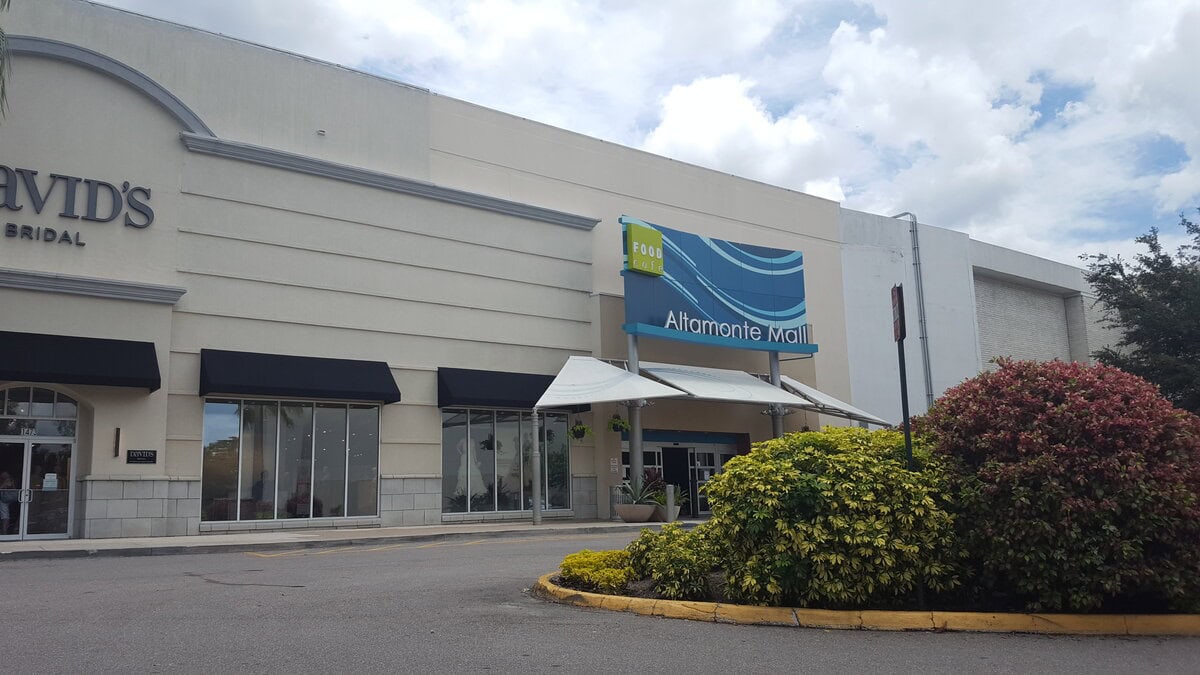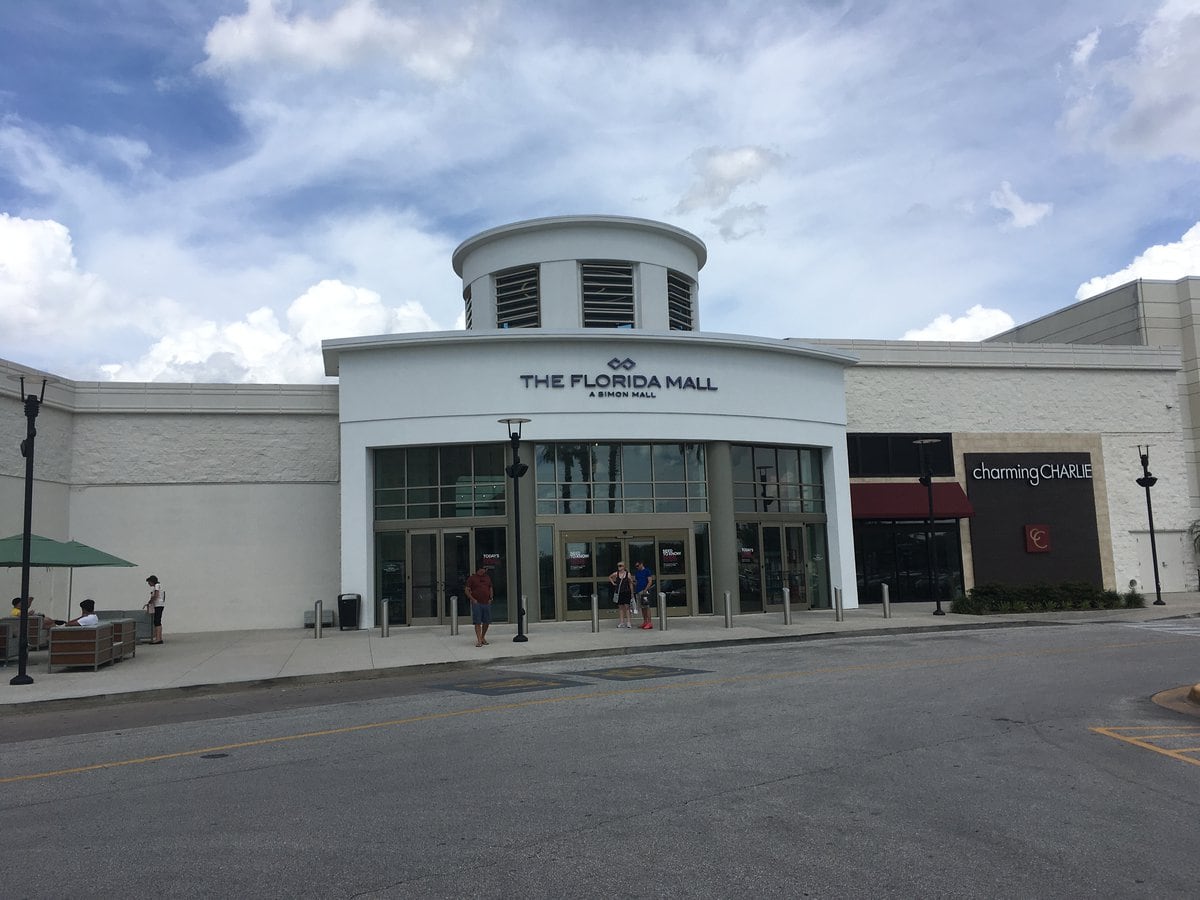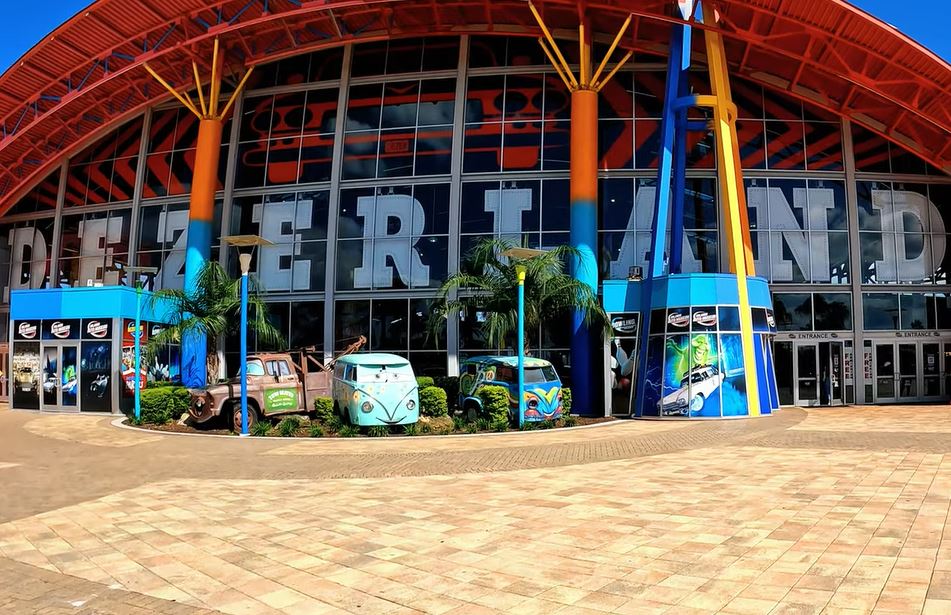The Mall That’s Still Waiting
Orlando Fashion Square was never the biggest, flashiest, or newest mall in Florida. But for over fifty years, it held a defined place in the city’s retail geography.
Anchored by familiar names like Sears, Burdines, and JCPenney, it was part of the daily rhythm for Orlando shoppers.
What stands there today, on 45 acres along East Colonial Drive, is a mall where some tenants remain, but where many more have departed.
The ownership is fractured, redevelopment has been promised for more than a decade, and yet the space lingers in between: neither dead nor fully alive.
As of mid-2025, the mall is officially listed for sale, surrounded by real estate language about “mixed-use potential” and “urban infill opportunities.”
Still, it looks like what it’s been for years – a shopping mall slowly losing its reason to exist.
From Open Land to Anchor-Driven Retail (1963–1975)
The first draw wasn’t a mall, but a Sears.
It opened on October 30, 1963, as a standalone 173,000-square-foot box fronting what was still open terrain off Colonial Drive.
The rest came later. In 1971, plans surfaced for a new regional mall to wrap around that Sears, developed by Leonard L. Farber.
His approach was practical: connect to the existing store, pull in Burdines as a second anchor, and create a layout built for parking and foot traffic in equal measure.
By July 30, 1973, Orlando Fashion Square opened with Burdines locked in. Sears was already humming.
On October 29, that same year, Robinson’s of Florida filled out the third anchor spot.
That brand – a Florida spin-off from J.W. Robinson’s of California – had just opened a store in St. Petersburg. Orlando became its second.
Two years later, a free-standing movie theater appeared on one of the outparcels, rounding out the early mix.
At that point, the mall had everything it was supposed to: department stores, a cinema, easy highway access, and the kind of layout that made weekends predictable.
The Sears escalators ran straight to appliances. The Burdines atrium pulled light from above.
The food court hadn’t been built yet, but the crowd had already arrived.
Department Store Shakeups and Renovation Loops (1976–2005)
The turnover didn’t wait long. By 1988, Robinson’s sold its Florida stores to Maison Blanche.
Two years later, that brand built a fresh location just beyond the old one and used the first structure to extend the corridor.
When Maison Blanche turned into Gayfer’s in 1992, the mall shifted with it.
In 1998, Dillard’s bought Gayfer’s outright, inheriting a layout with deep carpet, mirrored columns, and two usable levels.
Elsewhere, the mall filled its fourth anchor slot in 1993 when JCPenney arrived.
That store had left its Winter Park footprint and needed newer space.
Inside the mall, the floor tiles shifted in style. Pastel benches were installed.
By 2002, a full interior renovation was finished.
The structure stayed the same, but surfaces changed – lighting softened, signage got uniform, and the carpet near Macy’s ran wall to wall.
Entertainment moved inside when Premiere Cinemas opened in 2004. The free-standing theater from 1975 had already closed in 1989.
Burdines changed its name the following year, rebranding to Macy’s in 2005.
At that point, all four anchors were in place. Shoppers could move from Dillard’s to JCPenney to Macy’s without stepping outside.
The corridors were wide, polished, and busy.
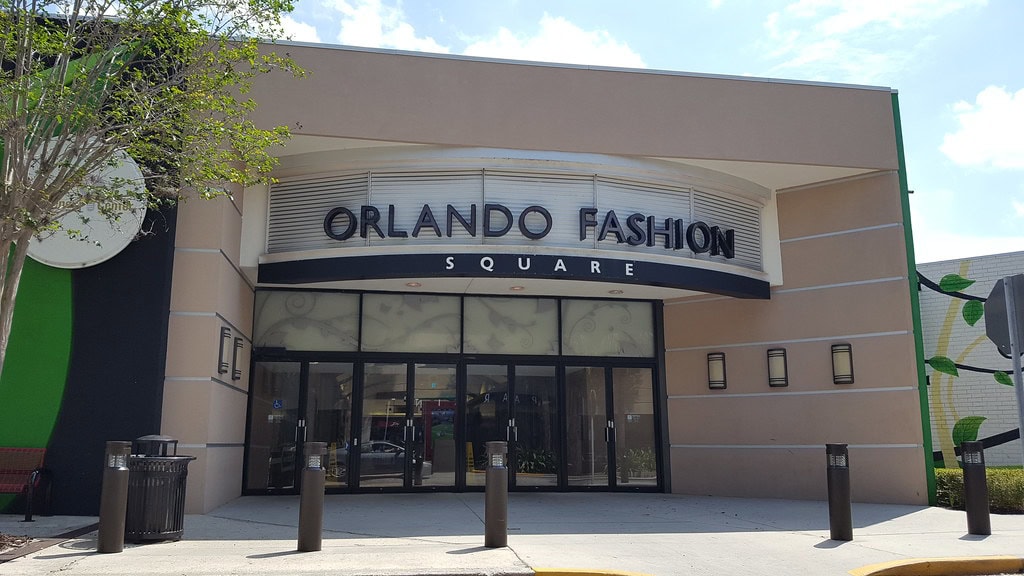
Ownership Shakeups and Tenant Losses (2013–2020)
The mall changed hands in 2013, when PREIT sold it to UP Development, Inc. for $35 million.
At the time, that sale carried promises of new energy. By the next year, a bowling alley opened inside, and the movie theater got a full rebuild.
But the anchors didn’t hold like they used to. In 2014, Dillard’s closed off its second floor and turned the rest into a clearance center.
Around the same time, Bath & Body Works left. So did Victoria’s Secret. The Limited followed soon after.
Sears wasn’t part of the mall sale. It had been spun off into Seritage Growth Properties in 2015, one of 235 properties in that transfer.
On August 9, 2016, Sears confirmed it would shut down. The closure wasn’t delayed. By April 2017, the building was gone.
The foundation that once held refrigerators and rows of Levi’s was cleared for Floor & Decor and Orchard Supply Hardware.
Restaurants went up nearby. LongHorn Steakhouse, Olive Garden, and Mission BBQ all opened on the outparcels.
But inside the mall, the store count dipped. The floor plan stayed the same. The Dillard’s signage never changed.
And somewhere near the former Victoria’s Secret, the ventilation kept humming through empty ceiling tiles.
Department Store Closures and Shrinking Traffic (2020–2023)
The list got shorter after 2020.
On June 4 of that year, JCPenney announced it would close its Orlando Fashion Square location as part of a 154-store downsizing across the country.
The last day was October 18. That left three anchors by square footage, but only two in regular use.
Macy’s remained open. Dillard’s kept operating as a clearance outlet, with its second floor sealed.
The former JCPenney space stood quiet.
Inside, more tenants left. Claire’s, Finish Line, Journeys, and T-Mobile closed sometime between 2022 and 2023.
The middle corridors, once filled with mid-tier national chains, lost their storefront lights.
A few stayed. Hot Topic and Spencer’s both kept their gates up, even as foot traffic slowed.
The mall still advertised itself with phrases like “over 30 stores,” but the numbers didn’t match the interior walk.
Some sections felt dark by noon. Others echoed, even with music still playing.
Floor & Decor attracted shoppers, but most entered from the lot and never walked into the central corridor.
A few Planet Fitness members still passed through the mall to reach the gym entrance.
The rest left their cars by the glass and never looked at the fountain.
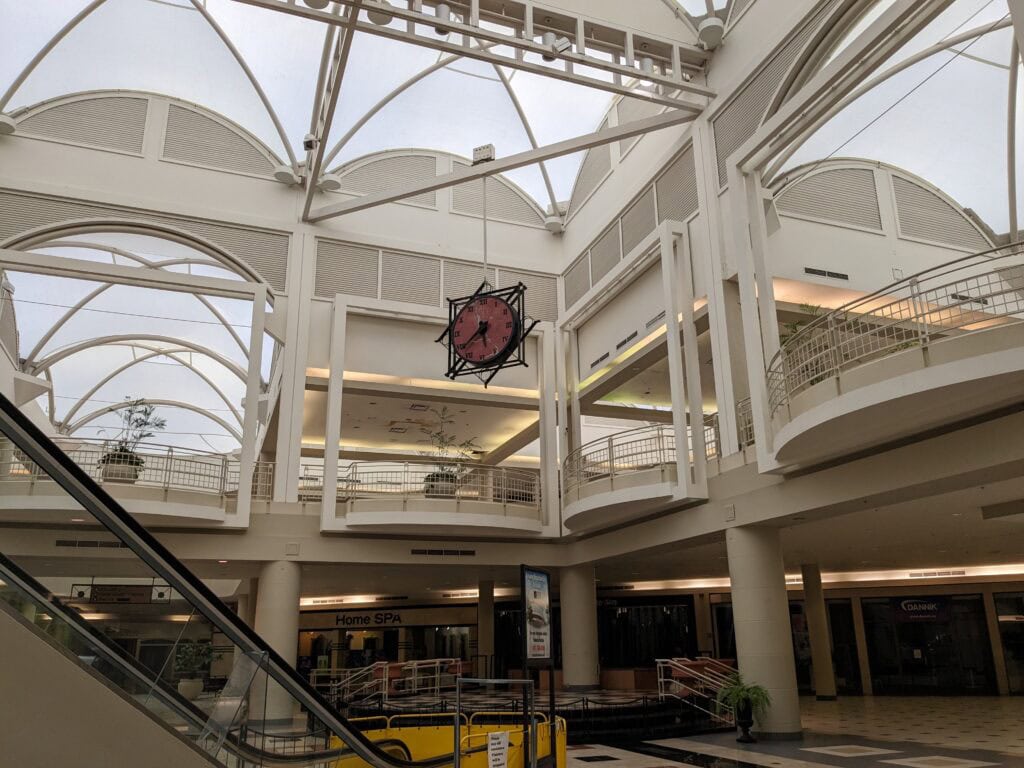
2024–2025 Sale Listing, Ownership Gridlock, and Unknown Future
The listing went live in October 2024.
A full marketing package circulated through Edge Commercial, a Dallas-based brokerage, offering 625,000 square feet of retail space on a parcel just shy of 45 acres.
It was pitched as a redevelopment play, framed with zoning terms and investment projections, but what made the offer complex wasn’t the square footage or the tenant mix.
It was the ownership split.
The buildings belong to Bancorp Inc. The ground beneath them is controlled by Unicorp, under a lease running through 2071.
That lease isn’t new, but the disagreement around it became very public.
In January 2025, the Orlando Business Journal listed the site as a “property to watch” for the year.
A reappraisal conducted in late 2024 added pressure.
It placed the property’s value above $15 million, enough to keep Bancorp at the table and stall any quick handoff.
City officials focused on long-term redevelopment, but no formal plans have been filed.
For now, the brochure remains online, the mall stays open, and the marquee near Colonial Drive hasn’t been changed.
🍀

